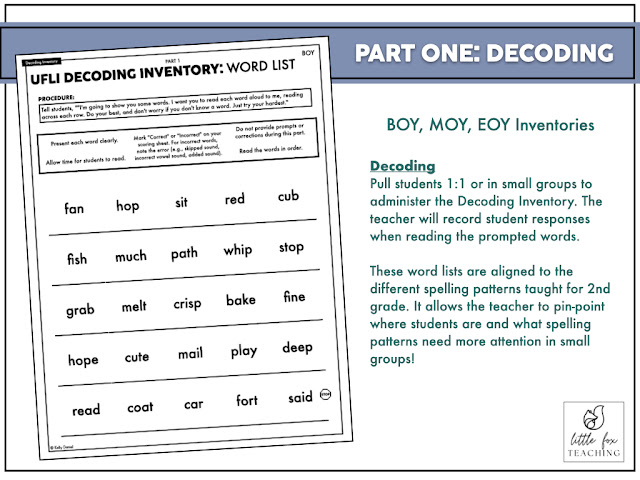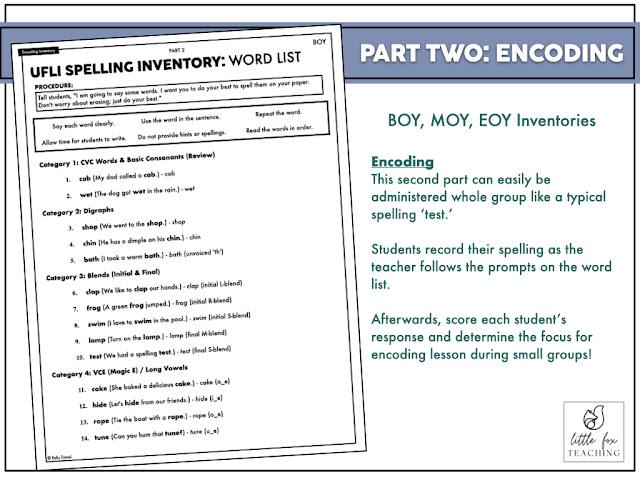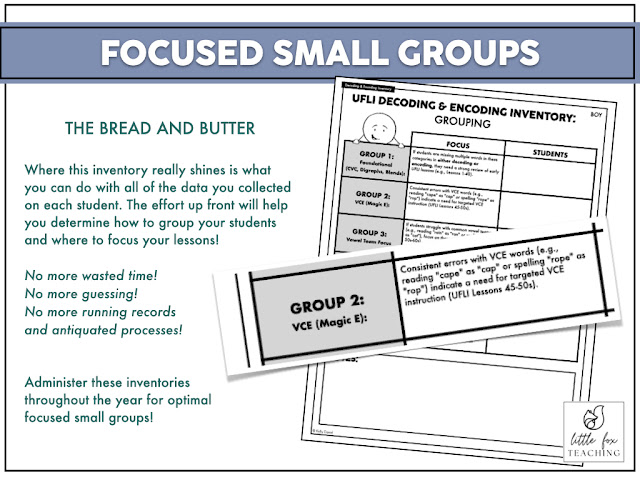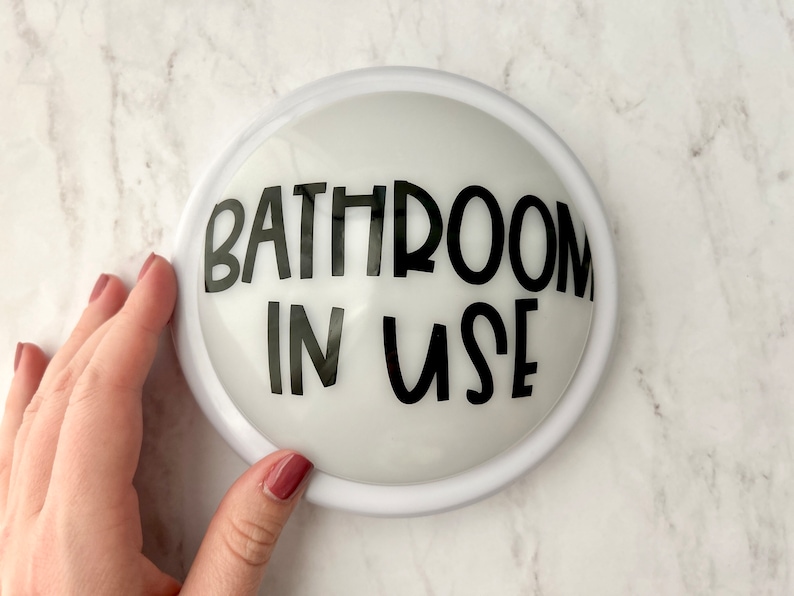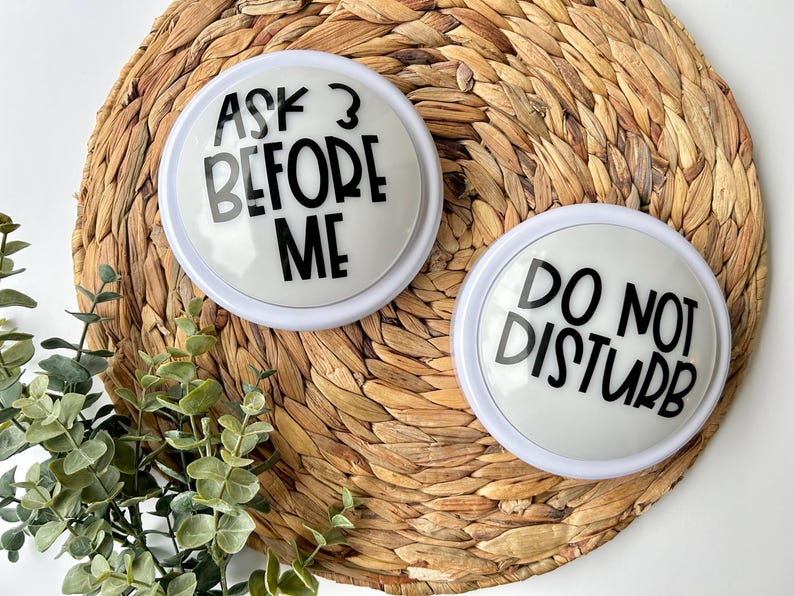July 19, 2025
Why UFLI Placement Inventories Are Your Back-to-School BFF
Hey everyone! Can you believe it's almost that time again? My classroom is still looking a little too pristine, but my teacher brain is already buzzing with all things back-to-school. And if you're like me and diving into UFLI Foundations this year (or continuing your UFLI journey!), there's one tool you absolutely have to make friends with right at the start: UFLI Placement Inventories.
Seriously, these aren't just another thing to add to your overflowing to-do list; they're your secret weapon for a smoother, more effective start to the school year. Think of them as your personal GPS for reading instruction!
Although UFLI itself is not meant to include inventories, I set out to make one for my incoming second graders. I do plan to continue the lesson-by-lesson approach whole group a little bit each day - as per the curriculum scope and sequence. However, I am always looking for ways to embed this program throughout my ELA block and utilize every minute.
So, let's take a peek at what I came up with!
Why You'll Be Besties with UFLI Placement Inventories:
Pinpointing Starting Points (No More Guesswork!): Remember those first few weeks trying to figure out where everyone is at with their foundational reading skills? It can feel a bit like throwing darts in the dark, right? The UFLI placement inventories take all that guesswork out. They give you a clear, objective snapshot of what your students already know and, more importantly, what they need to learn. Are they solid on their letter sounds? Do they understand CVC words? The inventories will tell you!
Supercharging Your Small Group Instruction: This is where the magic really happens! Once you have that data from the inventories, your small group instruction basically designs itself. Instead of generic skill work, you can form targeted groups based on specific needs.
Got a group that's rocking CVC words but needs a boost with digraphs? Boom, that's your group's focus!
Another group might need to solidify their short vowel sounds. Perfect, you know exactly what to do.
This means every minute of your small group time is meaningful and tailored, preventing frustration for both you and your students.
Seamless Alignment with Whole Group UFLI: Here's the brilliant part: the placement inventories are specifically designed to align with the UFLI Foundations scope and sequence. So, while you're working with your small groups on their specific needs, you're not just doing random activities. You're building the foundational skills that will directly support and accelerate their success in your whole-group UFLI lessons. It's like building the perfect bridge between individual needs and class-wide learning.
Imagine this: you're teaching a whole group lesson on silent 'e' words. But in your small groups, you've already pre-taught or reinforced the necessary short vowel sounds for some students, while challenging others with more complex vowel patterns. Everyone benefits, and the whole-group lesson clicks into place more easily for all your learners.
Part 1: Decoding
Forming a Focus for Small Groups
My Pro-Tip: Don't Stress, Just Assess!
I know, I know, another assessment. But trust me, the time you invest upfront in these inventories will pay dividends throughout the year. It saves you so much time and energy in the long run because you'll be teaching smarter, not just harder.
So, as you're gearing up for the new school year, make sure those UFLI placement inventories are high on your priority list. They're the key to unlocking focused instruction, boosting student confidence, and setting everyone up for a truly successful year of reading growth.
What are your favorite back-to-school assessment strategies? Share your wisdom in the comments below!
Happy teaching!
June 19, 2025
My Secret Weapon for Bathroom Management
As teachers, we're constantly searching for those small, effective tweaks that can make a big difference in our classroom. We're looking for strategies that minimize disruption, maximize learning time, and give us a little more peace of mind. And let me tell you, I've found one such gem in the most unexpected of places: a simple bathroom tap light.
You might be picturing a glowing disco ball in the hallway, but trust me, this is far more practical (and less likely to induce a dance party). I'm talking about those small, battery-operated, push-button lights – the kind you might put in a closet or under a cabinet. Placed strategically on the wall next to my classroom door, this unassuming little light has become my go-to signal for bathroom availability, and it has genuinely revolutionized how I manage bathroom breaks with my students (even with my kindergartners).
Here's why this humble tap light has earned a permanent place in my classroom management toolkit and you should consider one, too:
1. Instant Visual Cue: No More Interruptions!
How many times have you been in the middle of an engaging lesson, only to be interrupted by a student whispering, "Can I go to the bathroom?" or shaking the "r" in sign language at your face during small groups? With the tap light, those interruptions are drastically reduced.
Before a student even asks, they can glance at the light. If the light is on, the bathroom is occupied. If the light is off, it's available. It's a clear, immediate visual cue that empowers students to self-monitor and prevents them from asking an unnecessary question that breaks the flow of instruction. This alone saves precious instructional minutes throughout the day.
2. Effortless Monitoring (Without Being a "Bathroom Cop")
One of the biggest benefits for me is the ability to discreetly monitor bathroom use. When a student leaves for the bathroom, they simply tap the light on. When they return, they tap it off. This simple action provides me with:
- Awareness of Occupancy: I can quickly see if someone is in the bathroom without having to open the door or ask. This is particularly helpful when I have a student who might take a little longer or if I'm expecting someone back.
- A Gentle Reminder for Students: The act of turning the light on and off subtly reinforces accountability. They know I'm aware they've gone, and it helps prevent excessive or prolonged bathroom breaks. It's not about being a "bathroom cop," but rather establishing a simple, respectful system.
3. A Non-Distracting, Independent System
Unlike a verbal check-in or a hand signal, the tap light is remarkably non-distracting. It doesn't require me to stop teaching, and it doesn't draw attention to the student going to the bathroom. This fosters a more independent and responsible approach to bathroom breaks for students. They learn to manage their own needs within the established system.
4. Overall Usefulness in Classroom Management
Beyond just bathroom use, the tap light embodies several key principles of effective classroom management:
- Clarity: The rules are crystal clear – light on means occupied, light off means available.
- Consistency: It's the same system every single time, making it easy for students to learn and follow.
- Efficiency: It streamlines a common classroom routine, saving time and reducing friction.
- Empowerment: Students take ownership of their bathroom breaks, fostering a sense of responsibility.
In my classroom, the tap light has become an invaluable tool. It's a small investment with a huge return in terms of reduced interruptions, improved student independence, and a smoother flow to our school day. If you're looking for a simple yet powerful way to enhance your classroom management, I highly recommend giving the humble bathroom tap light a try. You might be surprised at the difference it makes!
Tap Light Variations:
Bathroom in Use | Bano en Uso | Nurse | Boys/Girls
Do Not Disturb / Ask 3 Before Me | Calm Corner in Use
Common Questions:
- I have cinder blocks in my classroom. How do these secure to the wall?
- I used a heavy-duty velcro on the back of my light to secure to my wall. I asked my front office/custodial staff to help and it worked! Just make sure to place the velcro so you can still access the batteries when they're in need of replacing.
- What is the lettering made of?
- The lettering is made of high-quality permanent vinyl.
June 5, 2025
Our Amazing Brains: A Back to School Unit
Upon the first few weeks of school teachers always set out to spend that time establishing classroom norms. You know, the routines and procedures students must learn in order for the classroom to function normally. This school year ahead, I've found myself reflecting on the needs of my class last year and thinking of ways I can better support them. That's when I realized I wanted to spend more time in those first few weeks of the new school year discussing the brain.
I knew I wanted my lessons to build upon each other and relate to how our brains help us learn and grow. In my research for this resource I found myself becoming more and more fascinated with the brain and just how awesome it is!
Lesson 1: Our Amazing Brains
In this first lesson, students are introduced to the brain and its function. It is explained as our "super computer" and they will learn that the brain can be divided into different sections:
- Frontal Lobe (incl. prefrontal cortex): think, plan, solve-problems, our personalities
- Parietal Lobe: movement, speed, the senses, and writing
- Occipital Lobe: memory, sight, smell
- Temporal Lobe: speech, language, and hearing
- Cerebellum: balance, coordination, and fine motor skills
- Brain Stem: connects the brain to the spinal cord
- Labeling the Brain: a straightforward worksheet where students label the lobes/parts and color code it based on the function of each part.
- Interactive Journals: flap-book style notes where students cut and glue flaps into their journals and practice note-taking. They'll identify the part of the brain and lift the flap to write its function.
- Brain Hats: This activity is more advanced and for those students who can handle the number of directions. But, the finished product is pretty cool and a great engaging activity. I've also included a simpler version using construction paper and step-by-step directions.
Lesson 2: Growth Mindset
- "I'll try again"
- "I'll ask for help or try a new way"
- "My brain is getting stronger"
- "Mistakes help my brain learn"
Lesson 3: Problem-Solving Brains

- Station 1: Thinking & Planning Zone (thinking of 2 ways to solve the problem)
- Station 2: Remembering & Learning Zone (thinking of 1 way you've learned from a mistake)
- Station 3: Creative & Idea Zone (draw a quick picture of how you might solve the problem)
- Station 4: Brave Action Zone (strike a pose that shows you're going to take a brave step)
Lesson 4: Feelings & Our Brains
Lesson 5: Regulating Our Emotions
 |
| My Calm Corner at the beginning of the school year. (2024) |
The Calm Corner
- Breathe & Relax (breathing tools/cards, finger tracing, pinwheels)
- Hands-On Focus (fidget tools, stress balls (different textures), sensory bottle)
- Peaceful Picture (whiteboard or notepad for quick pictures, Think Sheets are another great option)
- Quiet Story (picture books (about emotions))
February 17, 2025
Beyond "Class Clown": Celebrating Character in Our Students
The end of the school year is a time for celebration! We reflect on all the learning, growth, and fun that's been shared. Student awards are a wonderful way to acknowledge and celebrate these achievements, but sometimes the traditional categories fall short. Instead of labeling students, let's shift our focus to celebrating the incredible character they've demonstrated throughout the year. After all, who they are as a person is just as important, if not more so, than what they achieve academically.
Fostering Character
Why is character so crucial? Think about it: Knowledge is important, but character is what guides how we use that knowledge. Character traits like resilience, empathy, and integrity are the building blocks of successful individuals and a thriving society. By nurturing and celebrating these qualities in our students, we're equipping them with the tools they need to navigate the world, build strong relationships, and make a positive impact.
So, how can we move beyond labels and celebrate character? Great question! With this in mind, I've created a new set of EOY awards that focus on positive character traits. Let's take a peek!
Doodle Themed Awards
Student Nominations
When presenting these awards, take a moment to share specific examples of how each student has demonstrated these admirable qualities. This personalized approach makes the recognition more meaningful and reinforces the importance of character development.
Let's make this end-of-year celebration a true testament to the incredible people our students are becoming. By focusing on character, we can inspire them to continue growing, learning, and making the world a better place.
February 14, 2025
From Time-Outs to Think Sheets: How Social-Emotional Learning is Transforming Our Classrooms
It wasn't that long ago that "bad behavior" was often seen as a character flaw. Students who acted out were labeled as troublemakers, and the focus was on punishment rather than understanding the root cause of their actions. Now, we recognize that challenging behaviors are often a signal - often of things that lie beneath the surface. They might indicate a student is struggling with anxiety, frustration, or difficulty regulating their emotions. My son, who is autistic, faces challenges with emotional regulation. This, too, can be true for the many neurodivergent students we receive in our classrooms. This shift in perspective is crucial because it allows us to move away from punitive measures and towards support and intervention.
Reshaping Our Classrooms
 |
| Calm Corner at the beginning of the year. |
So, how has SEL reshaped our classrooms? It's not just a curriculum or a set of lessons; it's a fundamental change in our approach. We're now prioritizing creating a safe and supportive learning environment where students feel seen, heard, and understood. We're teaching them explicitly about emotions, self-awareness, responsible decision-making, and relationship skills. We're fostering empathy and encouraging them to develop a growth mindset. And most importantly, we're building strong relationships with our students, creating a foundation of trust that allows for open communication and effective support.
So, how does this look in my classroom?
My 2nd graders have benefited tremendously from our "Calm Corner." It's a designated space where they can take a break, regulate their emotions, and then rejoin the class ready to learn. I've been so pleased to see how readily and effectively most of my students have used it. At the beginning of the year it starts pretty minimally - just a few physical and visual tools. Throughout the year, we collaboratively build and refine the space, adding additional tools and visuals as specific needs arise. Each addition is introduced and discussed beforehand, ensuring the students understand not only how to use the individual tools but understand the overall purpose of this special space.
In this space there is one tool, in particular, that is so helpful for students to not only express their feelings, but be able to communicate effectively about them.
The Think Sheet: Reimagined
One of the most powerful tools that has emerged in this SEL-focused landscape is the "Think Sheet." While the concept might seem simple, its impact can be transformative. Think Sheets provide a structured way for students to reflect on their behavior, identify their feelings, and understand the connection between the two. Instead of simply reacting to a situation, students are guided through a process of self-discovery.
The Think Sheets I've created include prompts that encourage students to:
- Describe what happened: This helps them objectively recount the situation without assigning blame.
- Identify how they were feeling: This is crucial for building emotional awareness. Often, students act out without fully understanding what's driving their behavior.
- Consider what they could have done differently: This encourages problem-solving and the development of alternative strategies.
- Think about how their actions affected others: This fosters empathy and perspective-taking.
By working through a Think Sheet, students begin to understand that their feelings influence their choices. They learn that they have the power to manage their emotions and make different decisions in the future. This is a powerful realization that empowers them to take ownership of their behavior and develop valuable self-regulation skills.
Think Sheets aren't a magic wand and won't solve every single circumstance, but they are a valuable tool in our classroom. They provide a framework for meaningful conversations with students and offer a tangible way for them to develop self-awareness and emotional intelligence. When used consistently and with empathy, these Think Sheets can be a catalyst for positive change, helping students learn and grow both academically and emotionally.
As educators, we are constantly learning and evolving, and the integration of SEL and tools like Think Sheets represent a significant step forward in creating classrooms where all students can thrive and belong.
Hey there!



